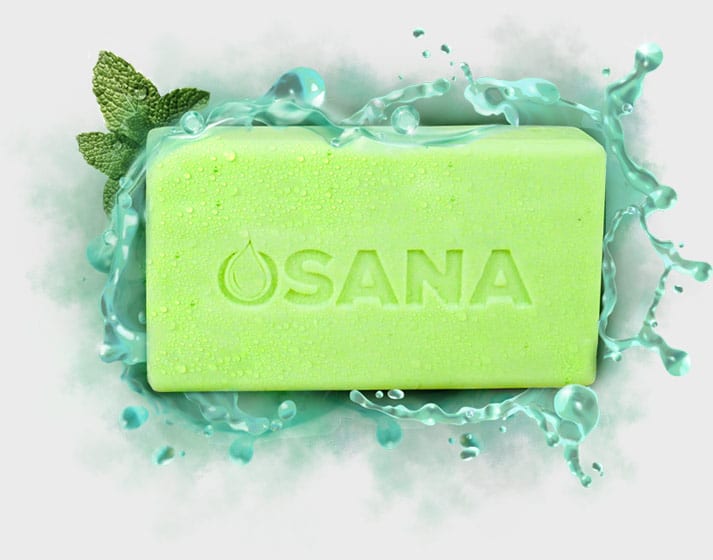Like it or not, summer is quickly approaching. Temperatures are on the rise. The birds are waking up earlier and earlier, flowers are blossoming, your neighbors are outdoors more and more tending to their lawns, their grills, their recreation vehicles. You might be seeing more cyclists on your way to work, more runners out on the paths. It’s that time of year.
And with summer heat comes summer sweat. Whether you work it up while caring for your garden, tossing the Frisbee with some friends in the park, or going out for your daily run, that spigot is opened up a little wider as the months move along.
How Much Water to Drink?
And with summer sweat comes summer hydration. And it’s not just athletes that need to keep their bodies hydrated. Think of it this way: 55-60% of the adult body is made up of water, and that water serves multiple purposes. Your body, right now, whether you’re sitting in a climate-controlled office or riding a hot city bus, is using water to regulate its temperature. Water assists in the removal of waste, it lubricates joints, it delivers nutrients and oxygen to cells. In a word, it’s crucial to good health.
The age-old adage says that we should all consume 8 8-ounce glass of water a day (which totals 64 ounces, the equivalent of ½ of a gallon). The Institute of Medicine, however, recommends that, on average, men should consume closer to 125 ounces a day and women should consume 91. While consuming 64 ounces may be a good starting point, there are a plethora of factors that contribute to how much water a given individual should be consuming, for it differs greatly. For instance, if you live in a warmer climate you may need to drink more water. If you live at a high altitude, if you are older, or if you engage in strenuous exercise you will likely need to consume more water.
Signs of Dehydration
So how do you know if you’re getting enough water? Often when you are dehydrated your body will give you some signs. A few common symptoms of dehydration include:
- A dry, sticky mouth
- Decreased urine output and/or dark-colored urine
- Fatigue
- Thirst
- Dry skin
- Headaches
- Confusion
For some of us, consuming an adequate amount of water every day is natural. We may carry a water bottle with us everywhere we go, sipping on it habitually. We may consumer water at restaurants faster than the wait staff can fill our cups. But for others it may take a more conscious effort. If this is the case for you, consider carrying a water bottle with you, or keeping bottles of water at your desk or in your car. You may try to wear a blue bracelet or rubber band and whenever you notice that you’re wearing it, take a swig of water. (Check the produce aisle, often celery stalks are held by a blue band. Bonus: celery is comprised of 95% water.) Or you may find it helpful to set an hourly alarm on your phone and drink a cup of water every time you hear the chimes (or a clip from the latest T Swift release).



